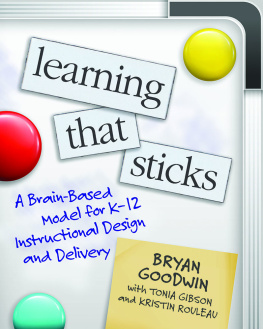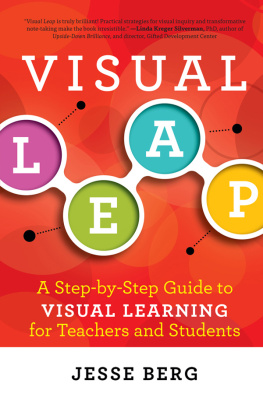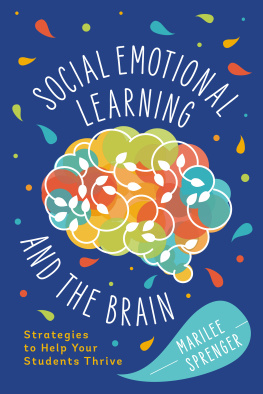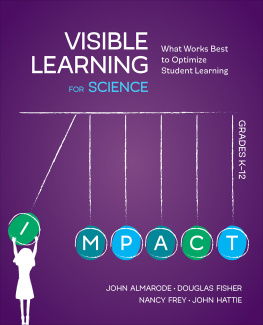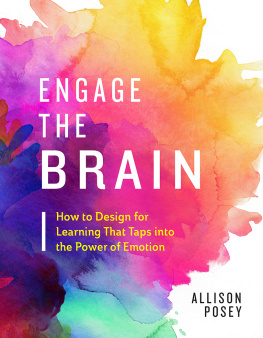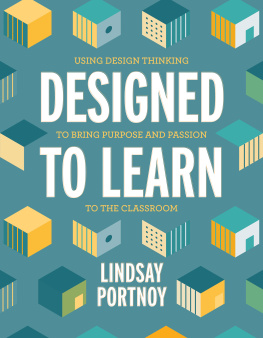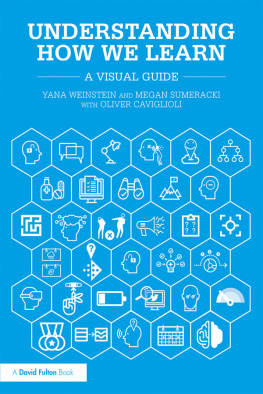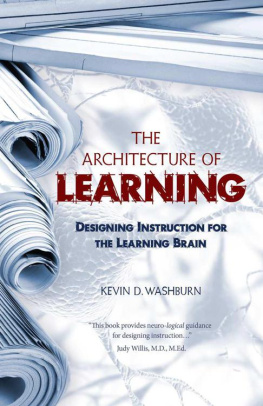Contents
Guide
Pages
Other ASCD/McREL copublications
....................
- The 12 Touchstones of Good Teaching: A Checklist for Staying Focused Every Day by Bryan Goodwin and Elizabeth Ross Hubbell
- Balanced Leadership for Powerful Learning: Tools for Achieving Success in Your School by Bryan Goodwin and Greg Cameron with Heather Hein
- Classroom Instruction That Works (2nd Edition) by Ceri B. Dean, Elizabeth Ross Hubbell, Howard Pitler, and Bj Stone
- Classroom Instruction That Works with English Language Learners (2nd Edition) by Jane Hill and Kirsten Miller
- A Handbook for Classroom Instruction That Works by Howard Pitler and Bj Stone
- School Leadership That Works: From Research to Results by Robert J. Marzano, Timothy Waters, and Brian A. McNulty
- Simply Better: Doing What Matters Most to Change the Odds for Student Success by Bryan Goodwin
- Understanding Common Core State Standards by John Kendall
- Unstuck: How Curiosity, Peer Coaching, and Teaming Can Change Your School by Bryan Goodwin, Kristin Rouleau, Dale Lewis, and Tonia Gibson
- Using Technology with Classroom Instruction That Works by Elizabeth Ross Hubbell, Howard Pitler, and Matt Kuhn
Check out this related ASCD/McREL copublication
....................
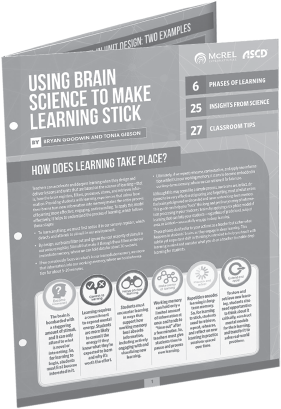
Using Brain Science to Make Learning Stick (Quick Reference Guide) by Bryan Goodwin & Tonia Gibson (#QRG120087)
Preface: Why a Learning Model?
....................
If somebody offered you a thousand dollars to draw a reasonably accurate model of the human circulatory system, you'd probably be a thousand dollars richer a few minutes latereven if you're not a doctor. You know there's the heart, veins carrying unoxygenated blood back to the heart, and arteries carrying oxygenated blood to the muscles and organs of the body. Since oxygen is involved, you know the lungs must figure into it somehow. Given a few minutes of thinking, you'd likely to be able to sketch out a workable model, including labeling some of the key parts, and in the process use modestly technical vocabulary.
Basically, you can sort out how we breathe in oxygen and distribute it to our body's cells and expel depleted carbon dioxide from our bodies. That's because circulation ceased being a mystery several centuries ago, so we all learned about it in school. Even though it's something we can't observe with our own eyes (on a good day, anyway), all of us know the basics of it.
If you're reading this book, however, odds are you're a teacher rather than a cardiologist, so try this: See if you can draw a model of the human learning systemthat is, how information enters our brains and gets converted into long-term memories we can retrieve later. In other words, how do our brains "breathe in" information to store and retrieve for later use? What's the process? What are the key vocabulary terms?
I'll give you some time.
It's a bit of a stumper, isn't it? Don't feel bad if you struggled with this thought experiment. I've tried it with hundreds of teachers, principals, and administrators from across the United States and around the world over the last few years and found it's a challenge for nearly everyone.
Nevertheless, there is a human learning system. Although its parts and processes may have remained concealed from science somewhat longer than blood vessels were, cognitive scientists have known for decades (a century or more when it comes to certain aspects) much about how the brain processes information into long-term memory. Therefore, this knowledge is something we should know, especially if we're educators.
Think about it this way. Would you agree to undergo brain surgery from a doctor who did not know the anatomy of the brain or what impact various surgical techniques would have on it? Well, teaching is like performing noninvasive brain surgery on a classroom full of patients, 180 days a year. To do that well, we need to know a thing or two about how the brain works and be able to translate that understanding into designing learning experiences for students.
Learning How to Make Learning Stick
Many teachers, through no fault of their own, often know little about how learning actually works. Somehow, even though cognitive sciencewhat we might call the science of learninghas been around for decades, it's not adequately covered in many teacher preparation programs. In fact, a study of dozens of popular textbooks in preservice programs found that none of them accurately describe six key instructional strategies grounded in the science of learning (Greenberg, Pomerance & Walsh, 2016). As a result, according to the reports' authors, new teachers are not learning "the most fundamental information needed to make learning 'stick'" (p. v). They often enter classrooms with an incomplete toolkit, which can leave them frustrated and overwhelmed and leave students shortchanged.
This book aims to correct that by providing you with these research-based teaching strategies (and others) so you can deliver better learning for students. Instead of just spoon-feeding them to you, this book will unpack the cognitive science underlying these strategies so you can sequence them into learning experiences that challenge, inspire, and engage your students. As a result, you'll learn to teach with more intentionalityunderstanding not just what to do but also when and why to do it. You'll also know what to do when things go wrong or your students struggle to master new learning.
Looking into the "Black Box" of Students' Minds
Now it's time for true confessions. I knew very little of this stuff when I first entered the classroom. Sure, I had some best practices up my sleeveasking higher-order questions, modeling processes for students, providing feedback, and the like. Admittedly, though, I knew little about why such things were best practicesthat is, how they supported student learning. Back then, I had little idea what was happening inside students' minds while I was teaching. I just figured I needed to teach them something, have them practice it, test them on it, and hope it stuck.
If you'd visited my classroom in those days, you likely would've seen me doing many of the "right things."
Asking thought-provoking questions? Check!
Forming cooperative groups? Check!
Providing feedback? Check! And with a green pen to be nice. Double check!
Yet if you'd asked me why I was doing any of those things, such as putting kids in cooperative groups, I likely would have offered a blank stare. Maybe, on a good day, I might have said something like, "Well, I've been doing a lot of talking at the kids this week, so I figured they needed a break from that."
That wouldn't have been much of an answer, of course, yet it's not a whole lot different from what Iand my colleagues, including Kris and Toniahave heard some educators say when we ask them why they're using certain practices in their classrooms. In many ways, it was hearing these things in so many places and so often that led me down the winding path to writing this book.

